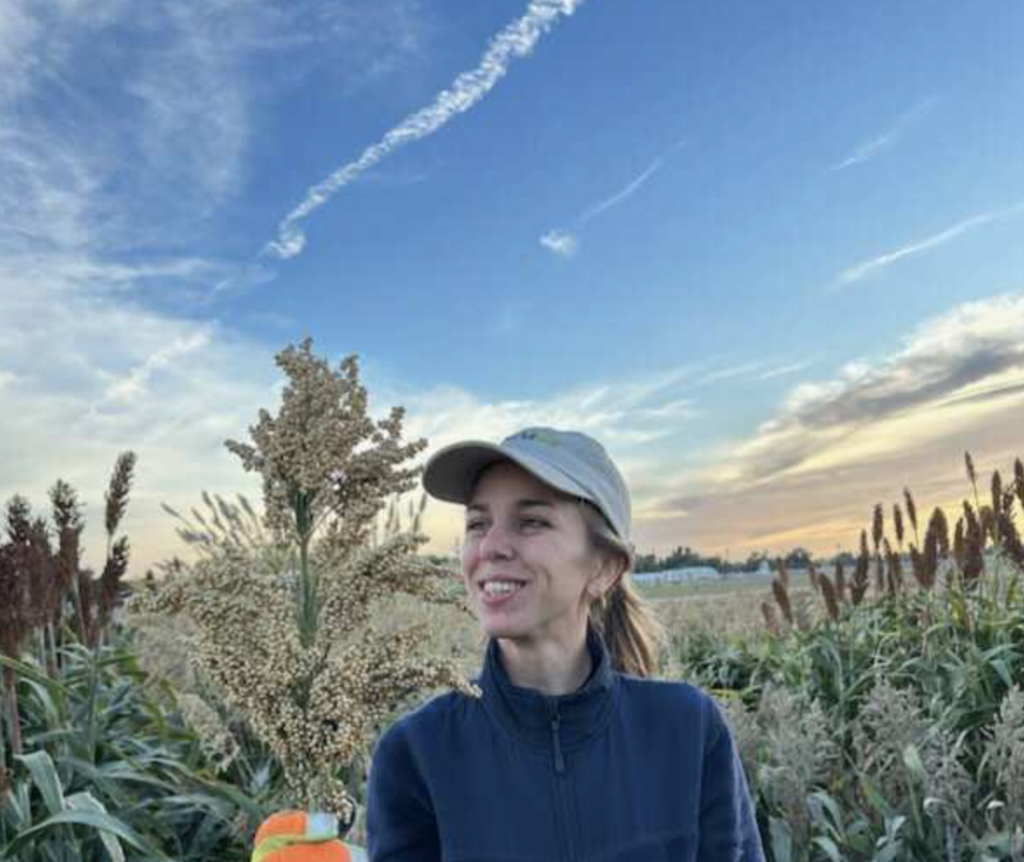A Combined Method to Accelerate Genetic Gain in Maize
Molecular breeding technologies and digital predictions have greatly contributed to the optimization of crops. However, there is room for improvement on methods to evaluate the effects of genotype-by-environment interactions and understand factors underlying differential performance of crop genotypes. Crop growth models (CGMs), a mathematical method for representing physiological crop knowledge, can be combined with whole-genome prediction (WGP) to create a combined method (CGM–WGP) which enables evaluation of temporally varying trait–environment interactions and connects genotypes and phenotypes. Researchers from UC Davis, Corteva Agriscience, and the University of Queensland evaluated an approach to increasing genetic gain in maize that integrates CGM–WGP and gap analysis, which mathematically compares realized crop yields and yield potential in environments with limited resources. In 17 locations in the corn belt of the United States and 6 managed (water) stress environments (MSEs), Diepenbrock et al. analyzed a half-diallel maize (Zea mays) experiment that had been developed by crossing 9 elite inbred lines. The CGM–WGP algorithmic method used by the scientists was able to predict yield as well as or better than pure WGP, and was able to estimate both yield potential and drought tolerance traits simultaneously from diverse environment types. These findings suggest great potential in combining genomics-assisted breeding, gap analysis, and physiological knowledge to improve predictive capabilities and improve the speed at which genetic gain is obtained.
These methods could be helpful to test in sorghum given the burgeoning genomic resources available in sorghum and the prevalence of drought (or limited irrigation) and high temperatures in production regions worldwide. – Diepenbrock
Reference:
Diepenbrock CH, Tang T, Jines M, Technow F, Lira S, Podlich D, Cooper M, Messina C. Can we harness digital technologies and physiology to hasten genetic gain in US maize breeding? Plant Physiol. 2022 Feb 4;188(2):1141-1157. PMID: 34791474.DOI: 10.1093/plphys/kiab527. Read more
Related Project Websites:
Diepenbrock Lab, UC Davis: https://diepenbrocklab.ucdavis.edu/
Mark Cooper, University of Queensland: https://qaafi.uq.edu.au/profile/4060/mark-cooper


